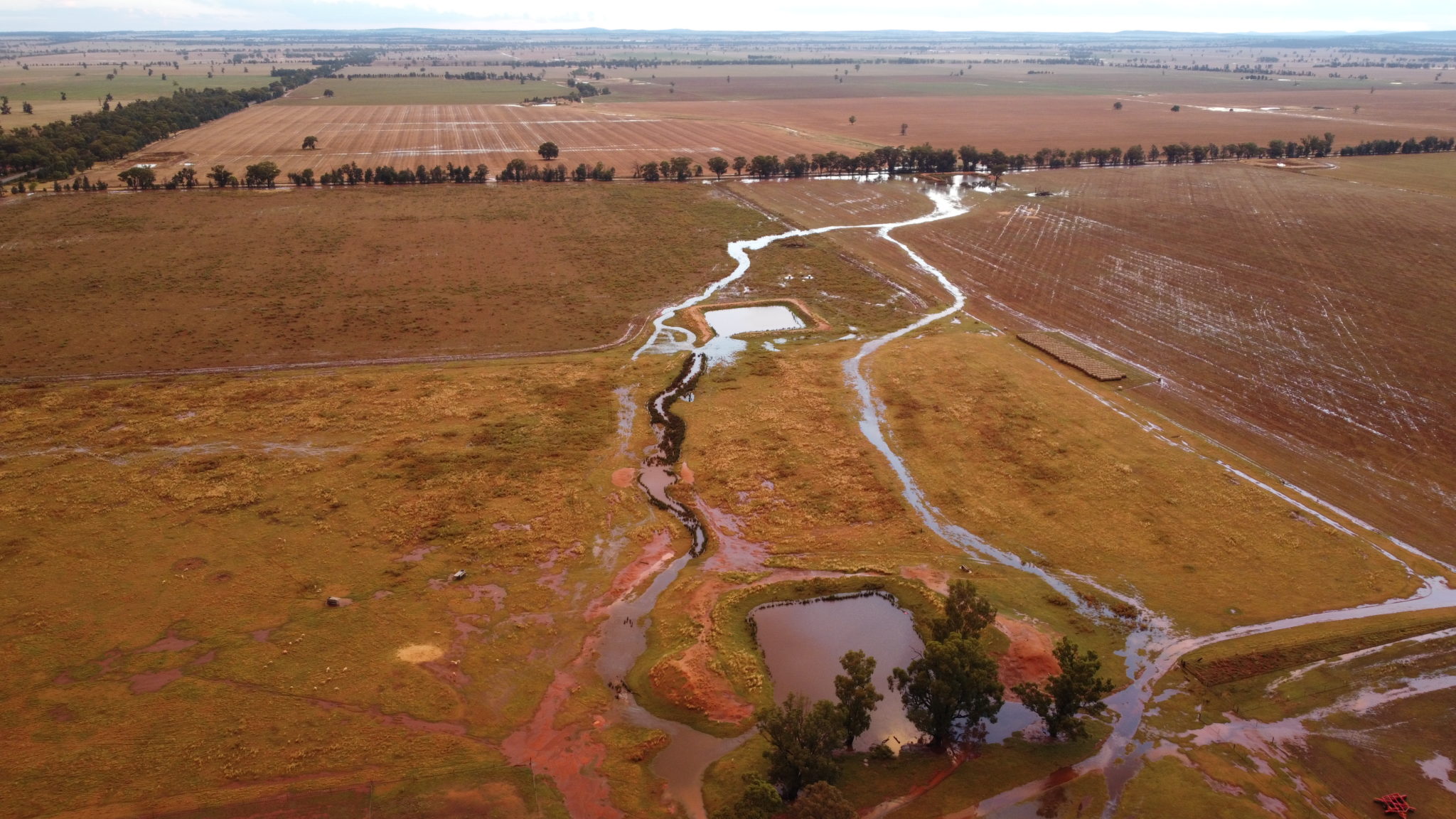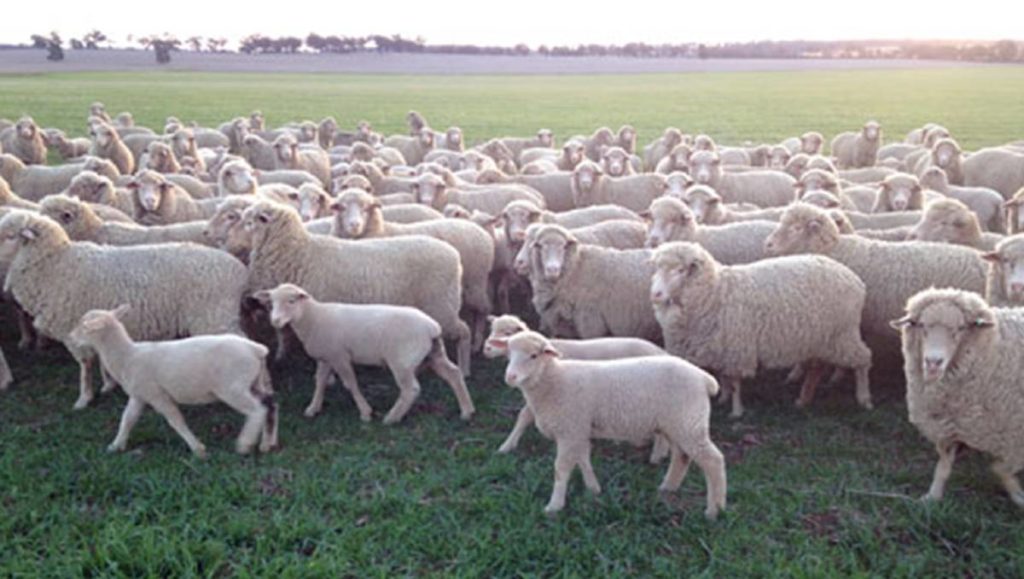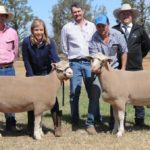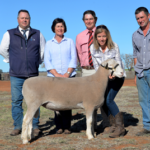Poll Dorset & White Suffolk genetics from Kurralea stud, combined with vetch pastures, are resulting in strong weight gains for DB Ag’s prime lamb operation at Felix Farm, Ariah Park.
Matt & Sam Dart, who are longtime clients of the stud, manage a 2000-ewe Dohne flock on the 1415-hectare property, one of a number of properties operated by DB Ag in the state’s south west. DB Ag is a part of a collaborative business which also maintains retail, wholesale, warehousing & agency businesses in the same region.
The Dohne ewes are bred at the group’s Merriwagga property, before being joined to terminal sires at Felix Farm.
Dohnes were chosen for the breed’s dual-purpose traits, and when choosing them, the business set a target weight gain of 350 grams a day for the crossbred lamb enterprise.
”We’re trying to produce a prime lamb from a medium-micron wool sheep, & because we’re running a mixed farming enterprise we want to be able to lamb in autumn & sell them before we fallow country in October,” Mr Dart said.
“We had been buying Merino ewes out of sales & joining to terminal sires, but we were only getting approximately 50 per cent of the lambs to market in the time frame.
“So we switched to the Dohnes, then the challenge was to make sure we had the appropriate pastures to work with the genetics we were using.”
Vetch is used to finish the lambs, with now is the base to start cropping rotations across all DB Ag properties each year. The legume is sown as a companion crop to oats, and is a great finishing pasture, while also fixing nitrogen and weed problems.
“In the millennial drought all our permanent pastures were wiped out, so we were looking for an annual legume to fill the void while we redeveloped our pastures. Vetch was identified to fill void however proved itself and has replaced winter based perennial pastures.” Mr Dart said.
Both Poll Dorset & White Suffolk rams are used in the crossbred operation, & they have similar overall weight gain, but with different growth patterns.
“We initially went with the Poll Dorsets due to the Kurralea rams having smaller heads and shoulders at birth, so we have minimal lambing issues, & our maidens are always joined to the Dorset’s. Then White Suffolks were added to the mix as the index numbers stacked up.”
The maidens are joined at 10 months of age, then classed out at 18 months after their first lamb, after being ranked using EID tags.
”We record growth rates & measure fleece weight and micron to use those indexes to choose the best ewes for the breeding flock,” Mr Dart said.
All crossbred lambs are sold over the hooks, with last year’s dressing at 48.5 per cent, for an average of 23.1kg. The lambs, which are weighed fortnightly, yield consistently, but also have good fat scores.
“Fat score comes down to genetics and feed,” Mr Dart said.
“Some other terminals are getting big lambs, but they’re fat, not meat, & that’s why going over the hook is good for us – we’re paid for what we produce.”
Growth rates haven’t been an issue since using Kurralea rams, & in conjunction with an annual legume, has resulted in the lambs meeting the target daily weight gain, Mr Dart said.
”The lambs were averaging 250g to 300g a day on oats & wheat, so they weren’t ready until later in the year, but we need stay out of October market, because it gets congested, & we’re also too busy with harvest. The first lambs are going at four-and-a-half to five months of age, and we’ve had lambs weighing 40kg at weaning – a result of strong genetics given the opportunity to perform.”
Courtesy of Ruth Schwager, THE LAND.




